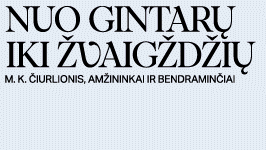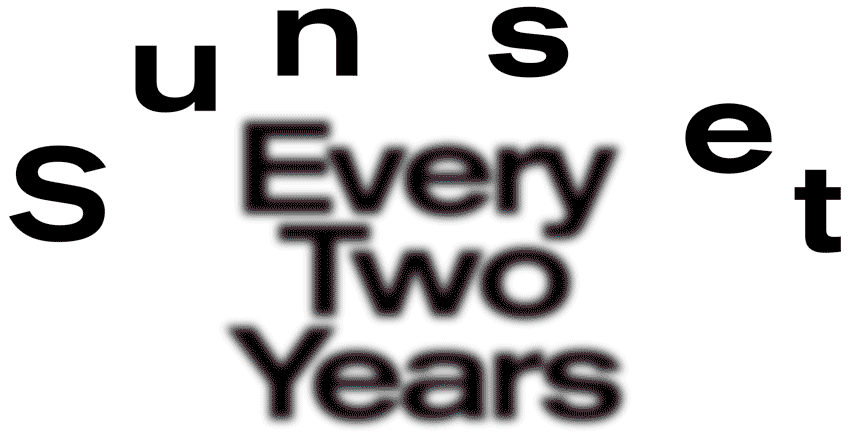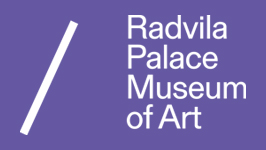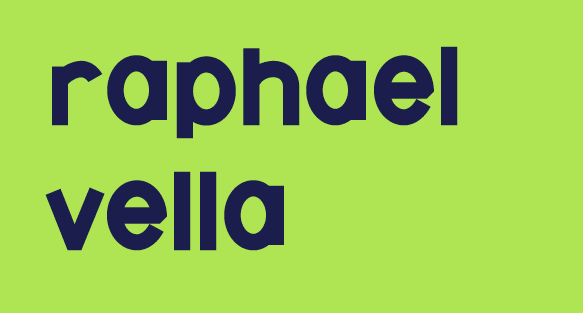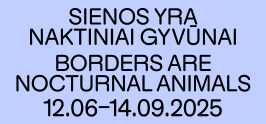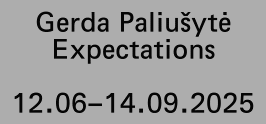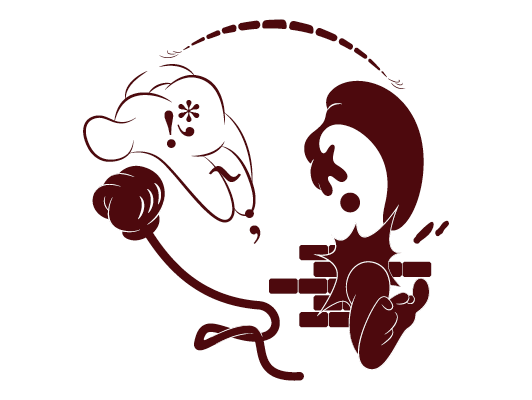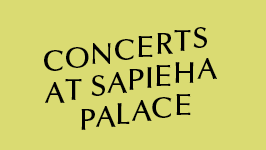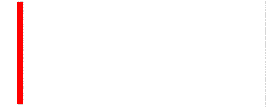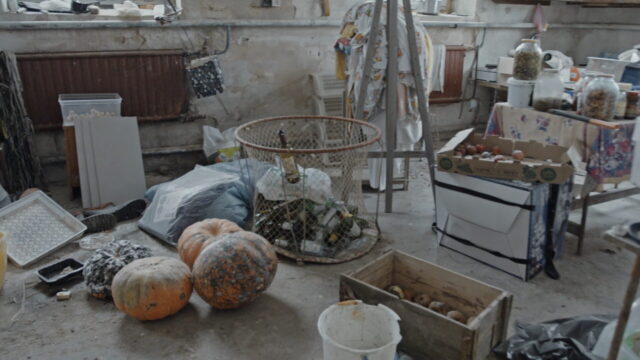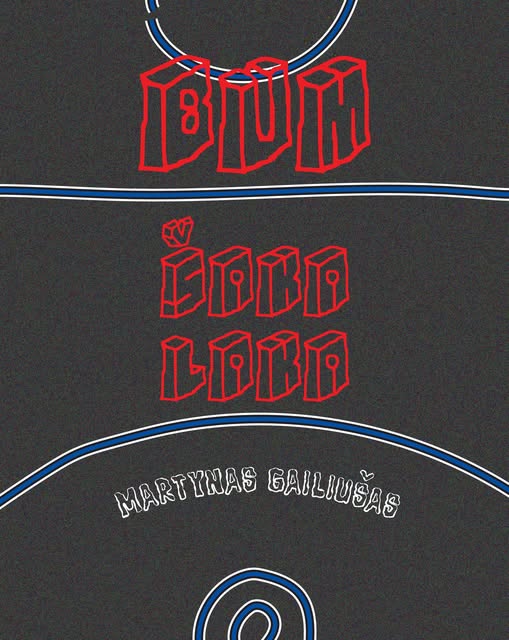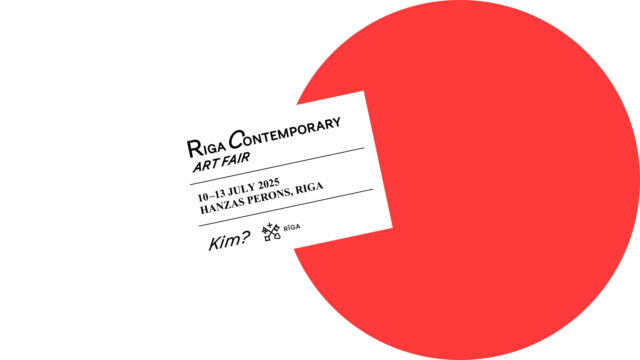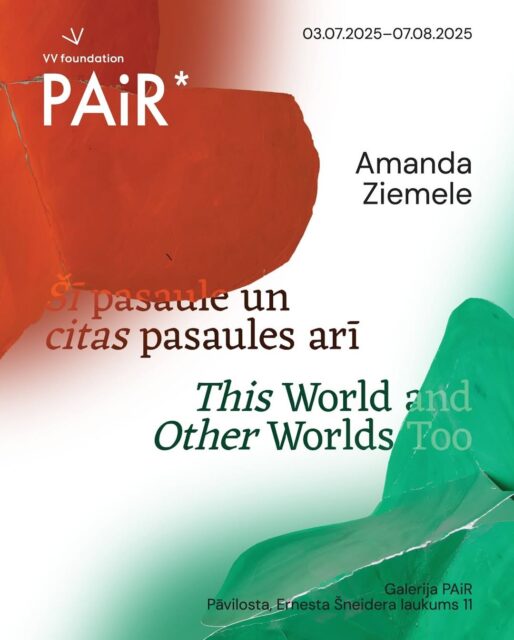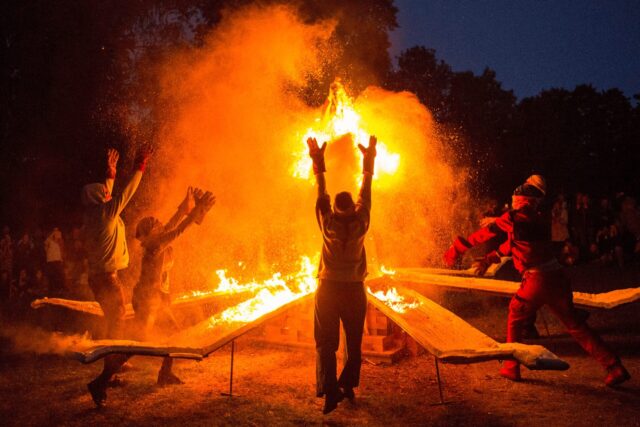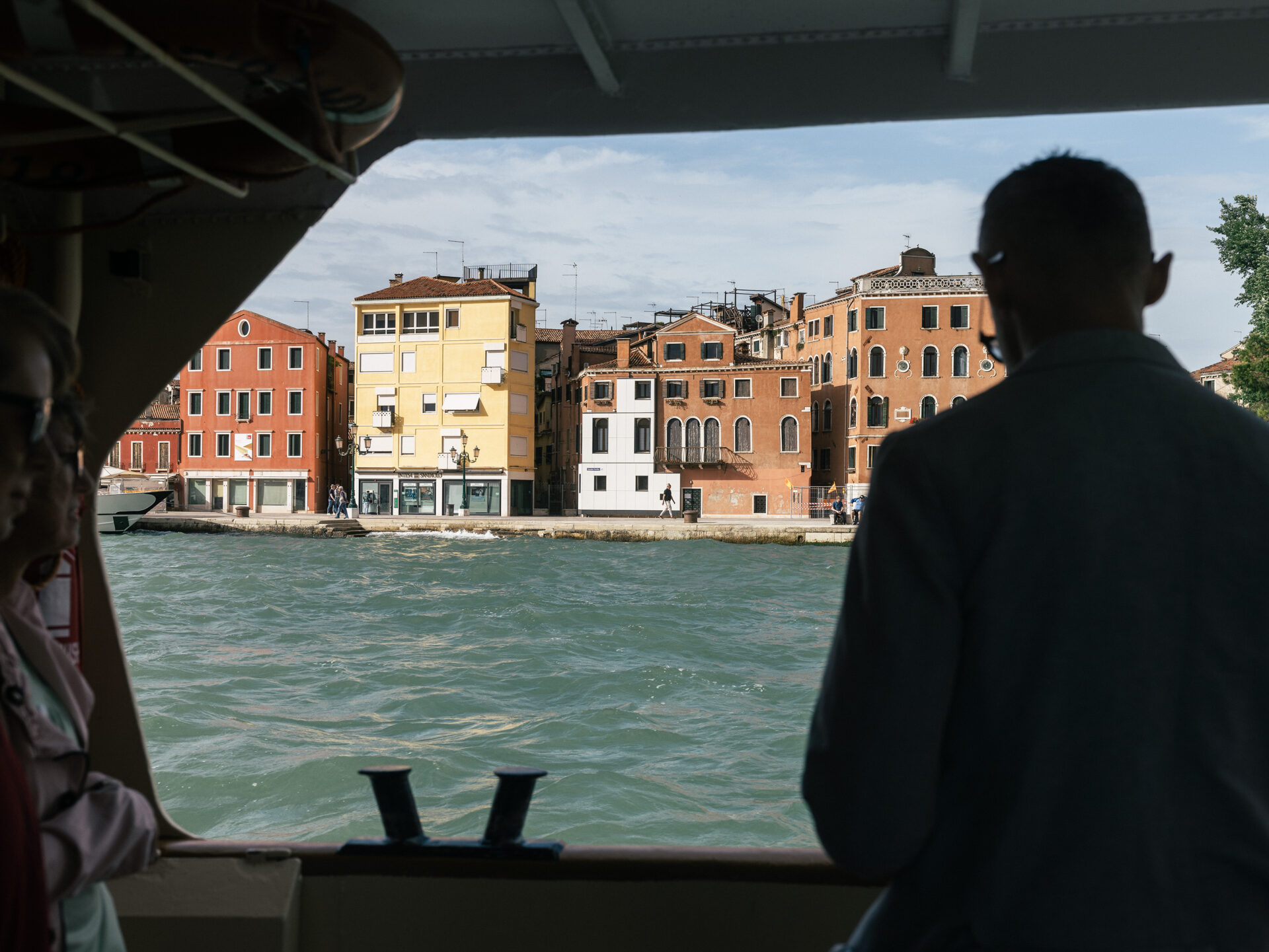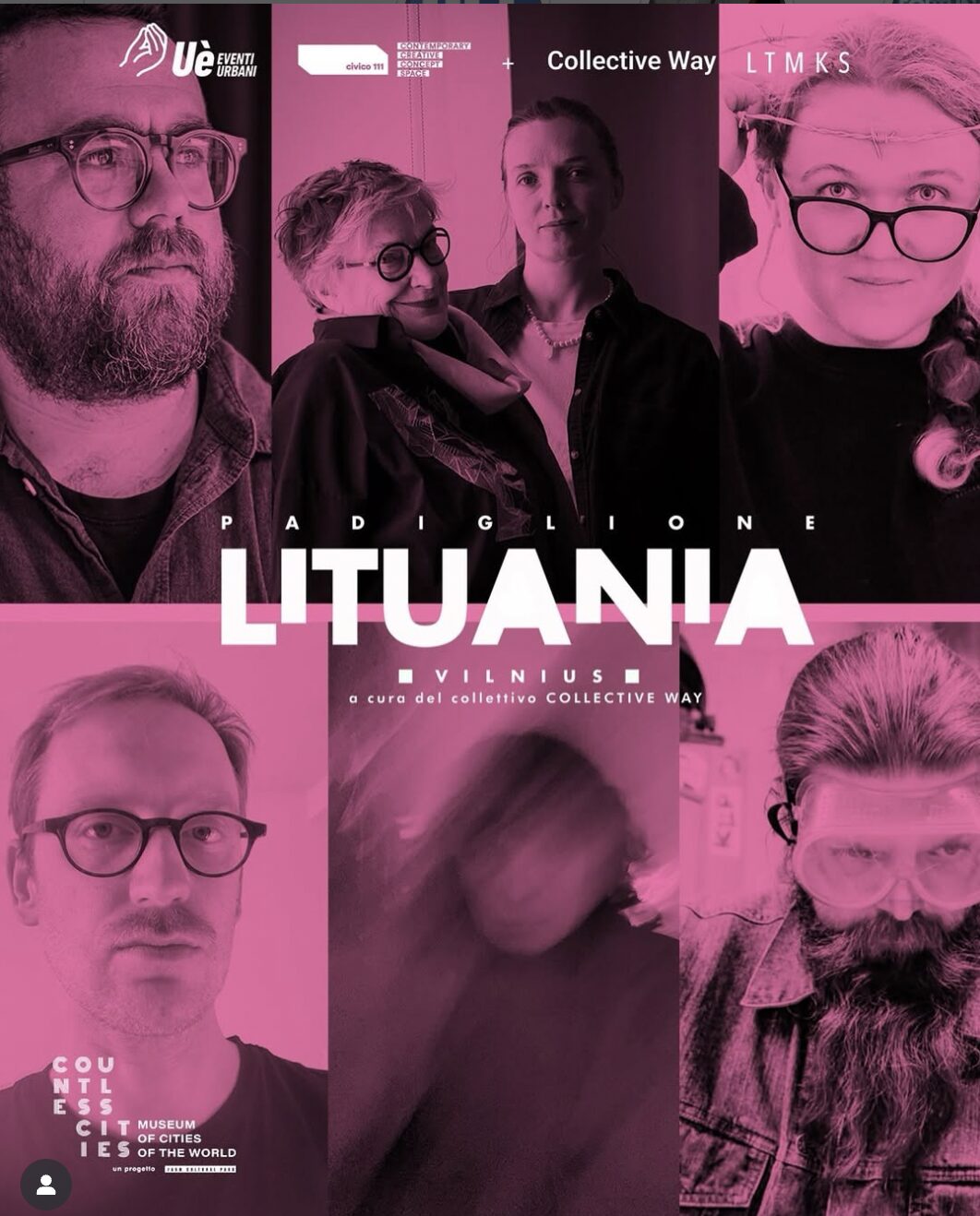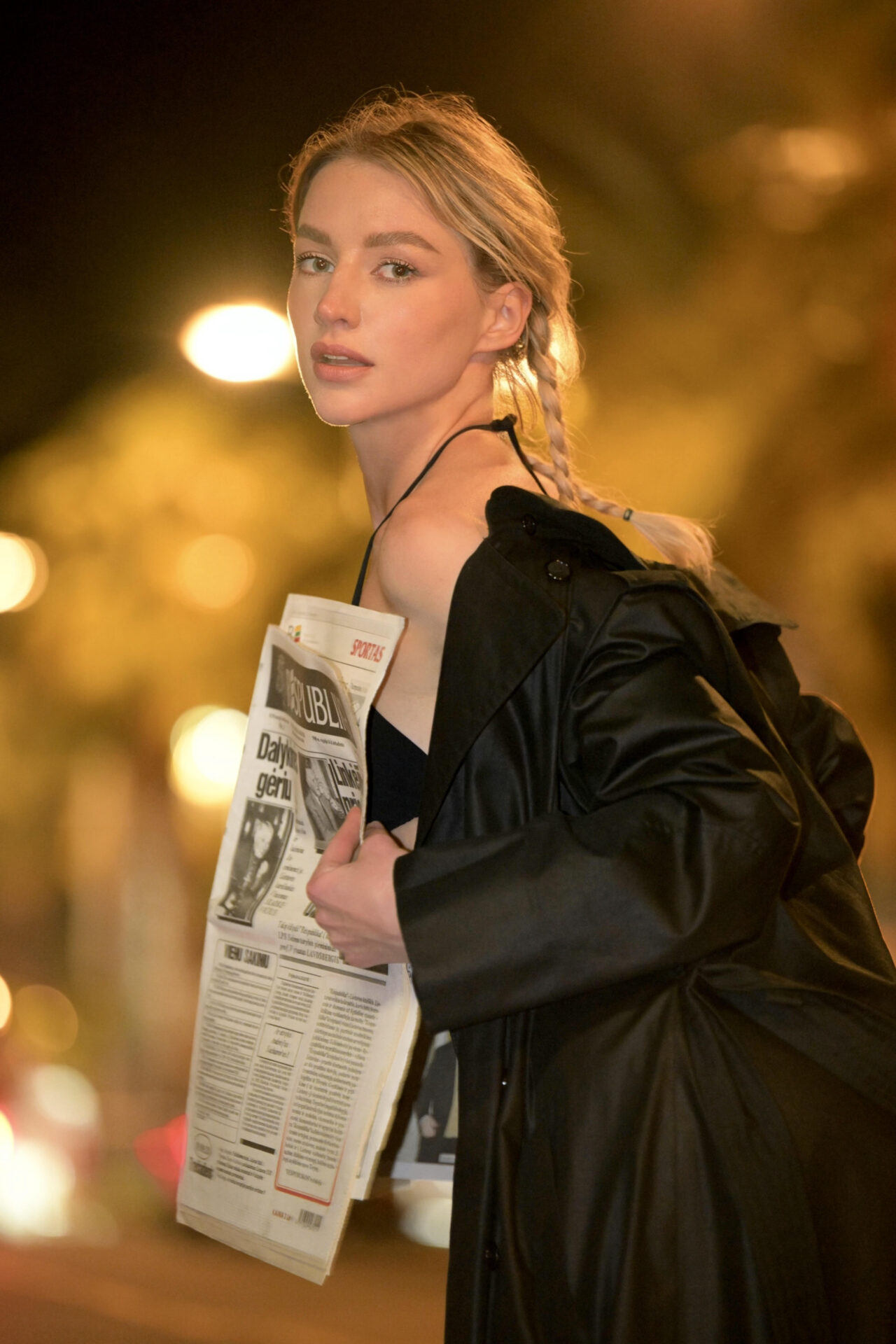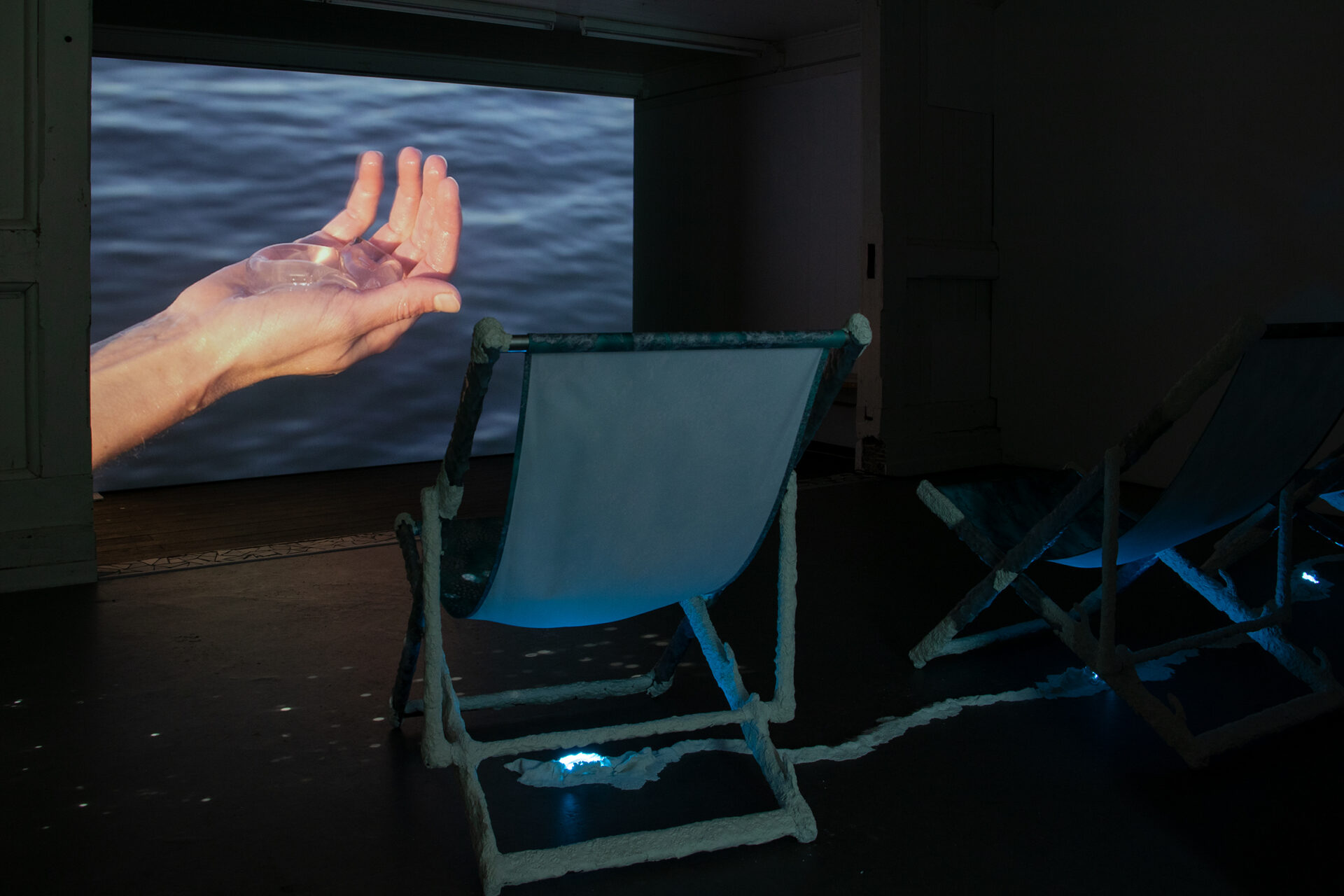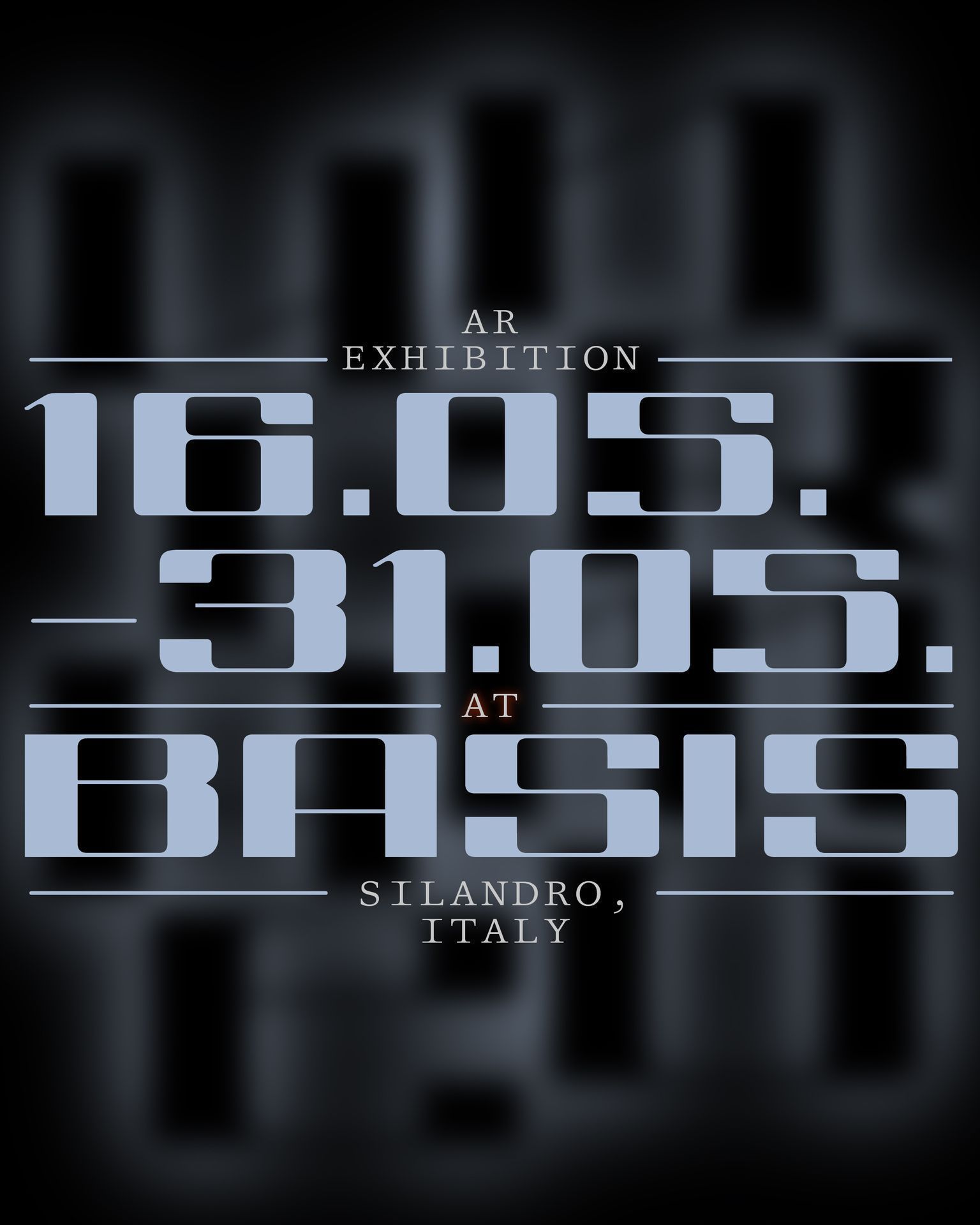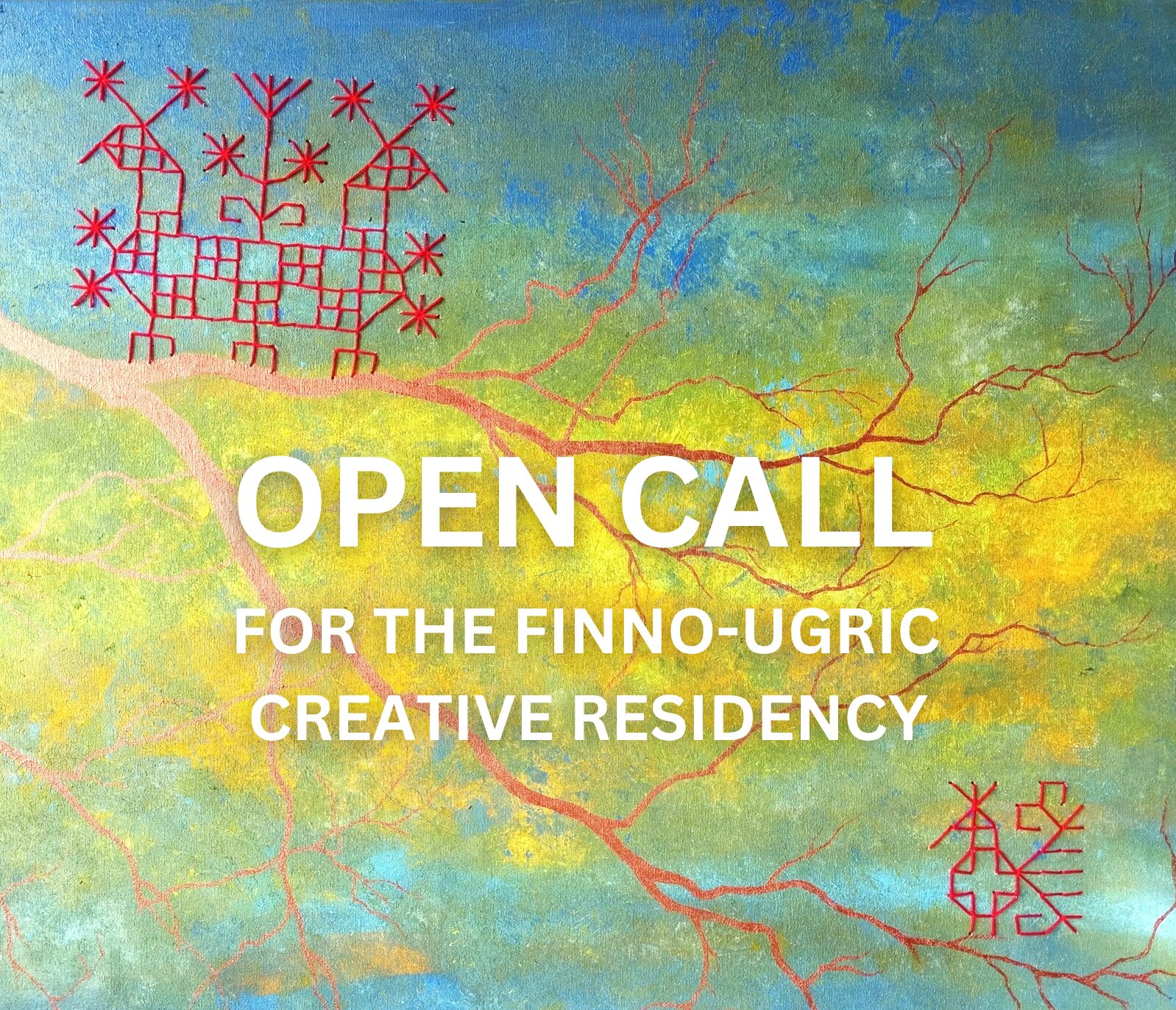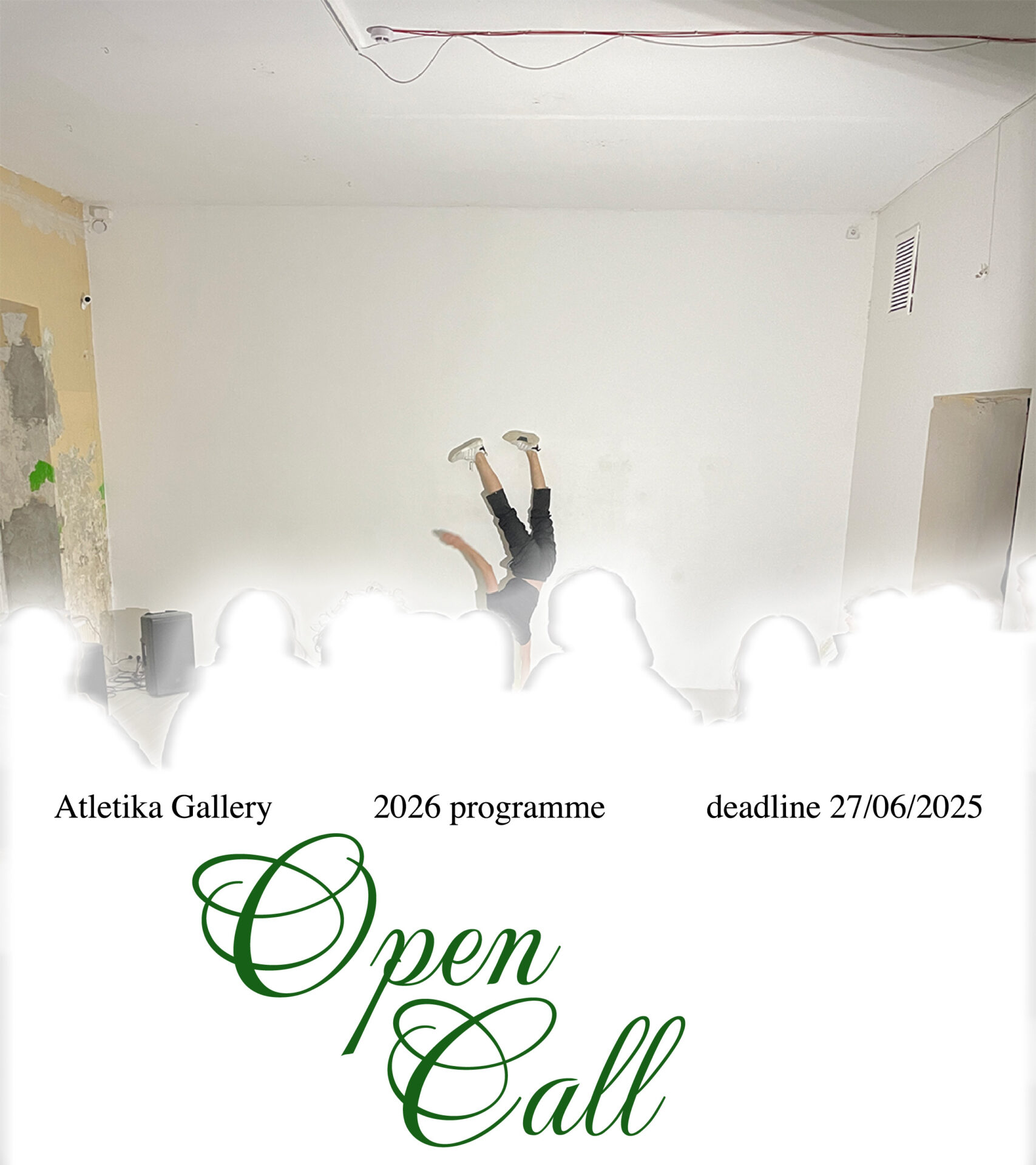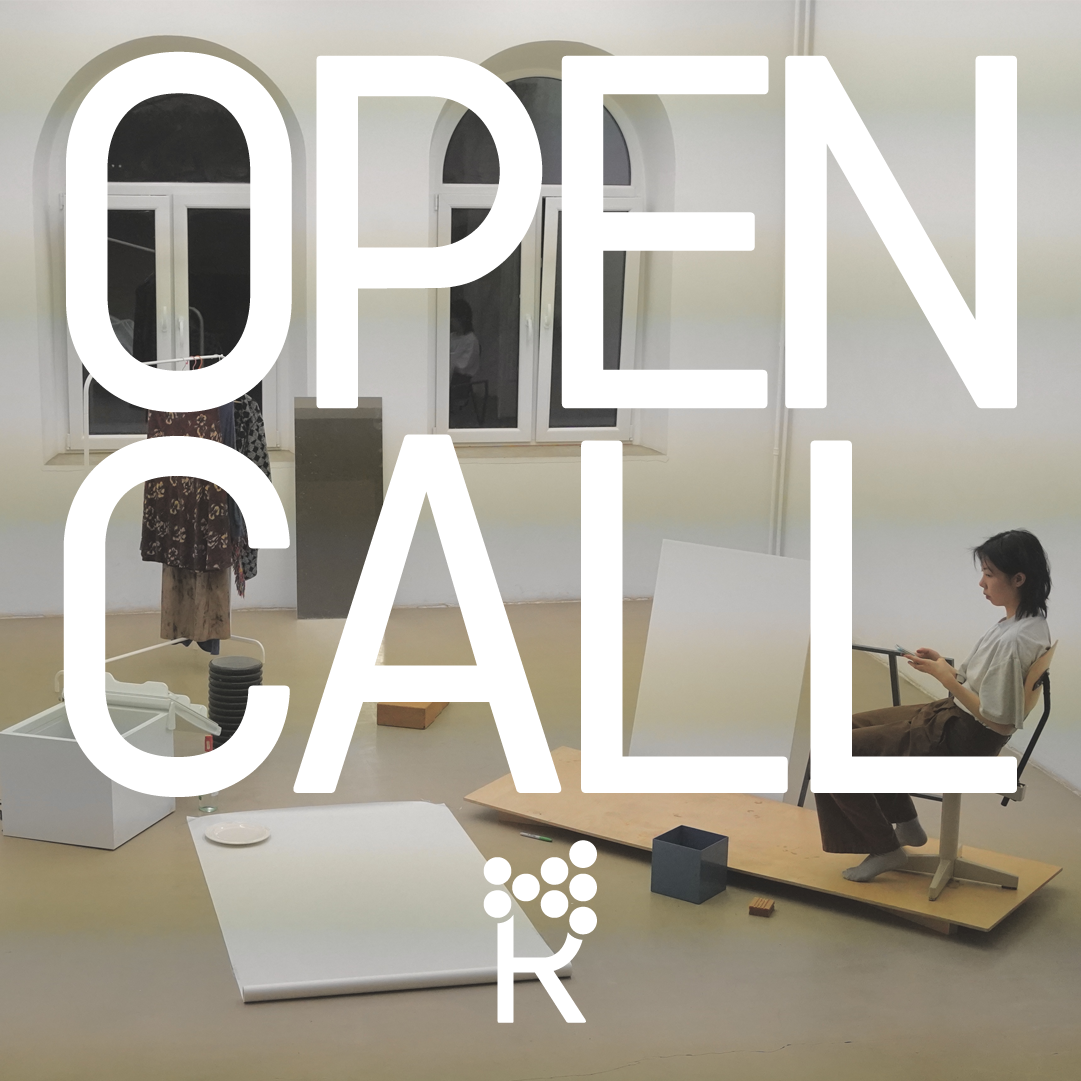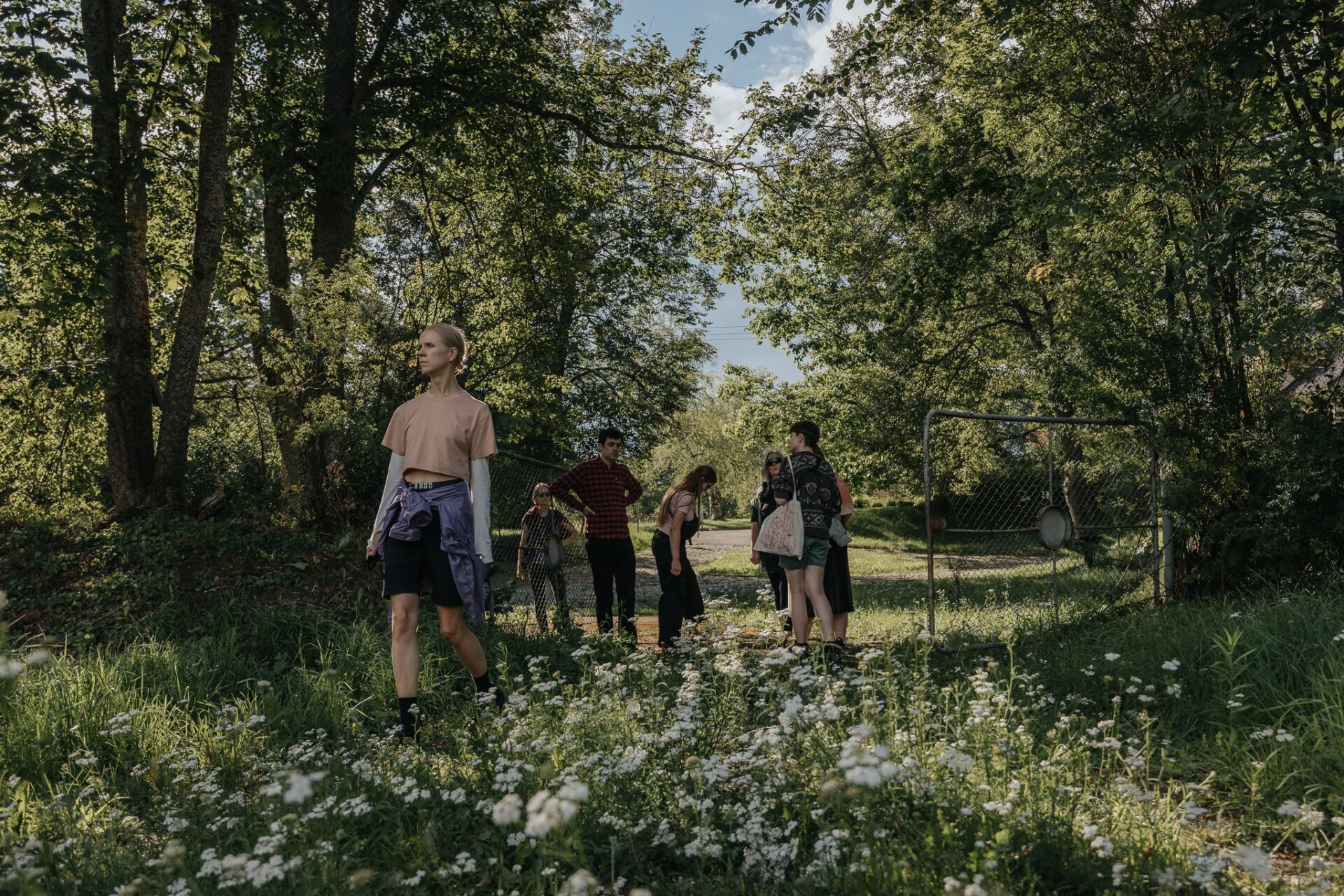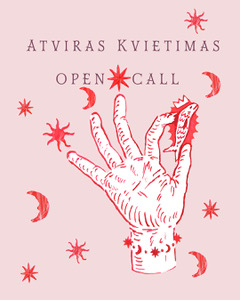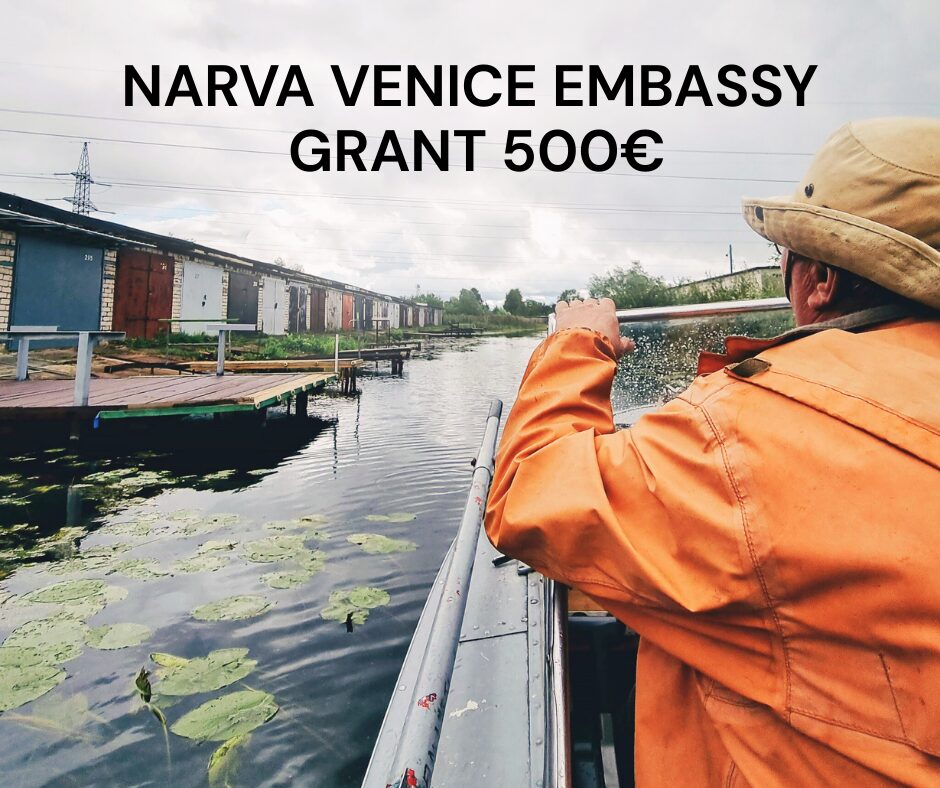The exhibition shelter – sanctuary at the Contemporary Art Museum of Estonia (EKKM), which ran between June 16 and August 8, serves as a perception manual for a world whose relationship to resources is yet to change drastically in the face of the climate crisis. It is also an inquiry into the material world that predates us. A world we are born into, with certain physical conditions and coherencies that will inevitably structure how we create and observe. What does that mean for the perceptive horizon in which we experience art?
The show’s curator, Helena Tulve, is a composer and was invited to EKKM as a ‘surprise curator’; a format in which a professional from outside the world of fine art is asked to put together an exhibition according to their particular background and sensibility. Hence, Tulve’s curated exhibition is located on a continuum of sound pieces and sculptural works. Her way of making the fine art context productive is through the experience of the senses. In the exhibition press release, she stated that she wanted to ‘offer visitors a […] refuge, leading them to new sensory-based understandings of human coexistence with nature and with oneself’.

View from the exhibition ‘shelter – sanctuary’ at EKKM. Photo: Paul Kuimet
The term ‘sensory’ deserves closer scrutiny here because it proves to be imprecise when we begin digging deeper into what actually makes her approach novel and touching. Sensory input also refers to what the eye beholds, i.e., to what we plainly see in the most conventional displays of art, but Tulve’s constellation of artworks aims for something different. She certainly departs from the dictate of vision—a privileged and intellectualised approach to art in museums since the 19th century, as Sascha Zaitseva and Ulrike Johannsen point out in their exhibition text ‘Pride and Prejudice – Art & Craft – A Love Story’—in that she flattens the ‘hierarchies between the senses’ (ibid.) by foregrounding sound and the perception of space. Fellow visitors have called the exhibition a refreshing turn away from concept-heavy art. The exhibited works don’t rely on theorisation and speak to the audience as a more intuitive or body-focused invitation to perceive or, frankly, to sense instead of think.
However, this prompts the question of where exactly we draw the line between sensing and thinking. In most displays of art, these processes tend to go hand in hand. Neurologically speaking, they form a cause-effect relationship rather than excluding each other. Hence, I’d like to present the artificial juncture of ‘conceptual – intuitive’ or ‘thought – feeling’ as mutually permeable in my review of Tulve’s show.

View from the exhibition ‘shelter – sanctuary’ at EKKM. Photo: Paul Kuimet

View from the exhibition ‘shelter – sanctuary’ at EKKM. Photo: Paul Kuimet
The participating artists, Felix Blume, Laura Põld, John Grzinich, Anne Rudanowski and Zimoun, work with great attentiveness to material properties; their media range from sound and light to textile and paper. They create with their bodies and with the help and inspiration of other species. Works Like Blume’s Swarm, a one-by-one audio capture of a bee swarm, or Grzinich’s Breathing Doors, consisting of light and sound projections from the environment into a darkened room, reflect the scope and limitations of human perception. Ingrained in them is the proposition: whatever I grasp is not enough, we need diverse multitudes of eyes, ears, bodies, and other receptors to make sense of the world. In that sense, the exhibition follows ideas of object-oriented ontology, giving the centre stage to non-human agents such as plants, animals, objects, and ecosystems. Ultimately though, it is a collection of experiences for the human beholder who will find moments of intimacy and protection in their relationship with the environment. By inference, it stands as a reminder that that protection needs to be reciprocal. The places of soul food and comfort the exhibition evokes are in a precarious state due to the impending climate crisis.
It is not coincidental then that Felix Blume’s Swarm captures the sound of bees, a species whose imminent extinction has received great amounts of attention due to their role as pollinators in human food production. Yet, there are vast numbers of other pollinating insects less cute-ified by popular culture but equally vital for ecosystems and equally threatened with extinction. The viewer of this work gets to see a dense cloud of loudspeakers dangling from the ceiling at different heights; the listener gets to hear the distinct sound of one bee emanating from each of these speakers. As a gesture of affection towards the individual tunes that form the swarm, the artist has given a name to every single one of the 250 bees.
In Laura Põld’s work, haptic experience seems to be innate. She uses materials and shapes that are tactile not only in the production process but also seem to invite touch. Põld’s background is in the fields of ceramics and painting, and in recent years, she has turned to tufting carpets to produce large-scale soft sculptures often featuring drooping organic shapes, human body parts, and abstract patterns. In the tapestry Their Roots Permeate the Stone, sentient creatures grow through rock sediment; the upper edge supposedly marks ground level. In its setup at EKKM, the piece acquires a narrative dimension, as spotlights guide us through the tapestry in choreography, sometimes revealing openings in the fabric (holes in the soft ground to another dimension). The tactile sculpture with its motif of resilience and connectedness feels like a metabolic living being that possibly enjoys being combed by the museum worker when its fringes get tangled.

View from the exhibition ‘shelter – sanctuary’ at EKKM. Photo: Paul Kuimet

View from the exhibition ‘shelter – sanctuary’ at EKKM. Photo: Paul Kuimet
In Breathing Doors, John Grzinich works with live sound and image transmission. Sparse light enters the room through little holes in the darkened scenery. The holes function as live camera obscuras, casting projections of the trees outside onto a semi-transparent fabric covering the windows. At the same time, you can hear sounds produced by a wind harp installed on the roof, transmitted through speakers and modulated by the objects and bodies in the room. Grzinich’s work suggests that there is no safe black box that cuts your ties to the world. Co-dependence—between the seemingly isolated viewer and outside factors—lies at the heart of this immersive experience. He creates a space where a radical focus on specific details in the surrounding becomes possible. In psychotherapy, similar perception exercises are used to get a sense of the world’s movement and actions outside the individual, giving perspective to their struggles.
Anne Rudanovski works closely with paper, to the point where the material arguably becomes as important an agent as the artist. Her journeys took her to East Asia and South America to research paper production. Rudanowski’s large-scale folded sculptures are surprising because of her intricate and meticulous use of a seemingly cheap and mundane material. The way she imbues paper with value and her scrutiny of its very production creates a shift away from considering paper as a single-use, disposable resource. In her work, NINNA NANNA, paper cradles hanging from bamboo sticks evoke the mould-like structures in which I rested as a baby. I imagine that these objects could still hold my body and support my weight—wishful thinking.

View from the exhibition ‘shelter – sanctuary’ at EKKM. Photo: Paul Kuimet

View from the exhibition ‘shelter – sanctuary’ at EKKM. Photo: Paul Kuimet
Zimoun’s kinetic sound sculpture 100 prepared dc-motors, filler wire 1.0mm startles me when it starts to move and drum in irregular intervals next to Rudanovski’s static cradles. It consists of a line of vertical wires connected to rotating motors fixed close to the wall. They play a score of pauses and movements and create a sound reminiscent of heavy rain when the thin, slack wires hit the wall. Zimoun uses everyday materials in motion to generate sound, thus creating immersive scapes from sounds we usually don’t find noteworthy. Another installation of his titled 317 prepared dc-motors, paper bags, shipping container hinges on the sound of countless paper bags crumpling as they move. Such lateral sounds, easily lost in the noise of the everyday, may only be noticed in silence; for example, when the baby is sleeping next to us…
Co-locating and juxtaposing 100 prepared dc-motors, filler wire 1.0mm with Rudanowski’s contemplative piece heightens the tension in and between the compositions. This curatorial gesture is exemplary of the synergetic sensibility of shelter – sanctuary, where hearing and seeing can fundamentally disrupt each other as they intermingle. In Love’s Body, the philosopher Norman O. Brown contended that ‘meaning isn’t in things, but in between them, in the iridescence, the interplay; […] at the crossroads’. This notion—essential not only in philosophy, but also for understanding interdependence in the environment—seems to be the guiding principle of Helena Tulve’s curatorial debut.

View from the exhibition ‘shelter – sanctuary’ at EKKM. Photo: Paul Kuimet

View from the exhibition ‘shelter – sanctuary’ at EKKM. Photo: Paul Kuimet

View from the exhibition ‘shelter – sanctuary’ at EKKM. Photo: Paul Kuimet
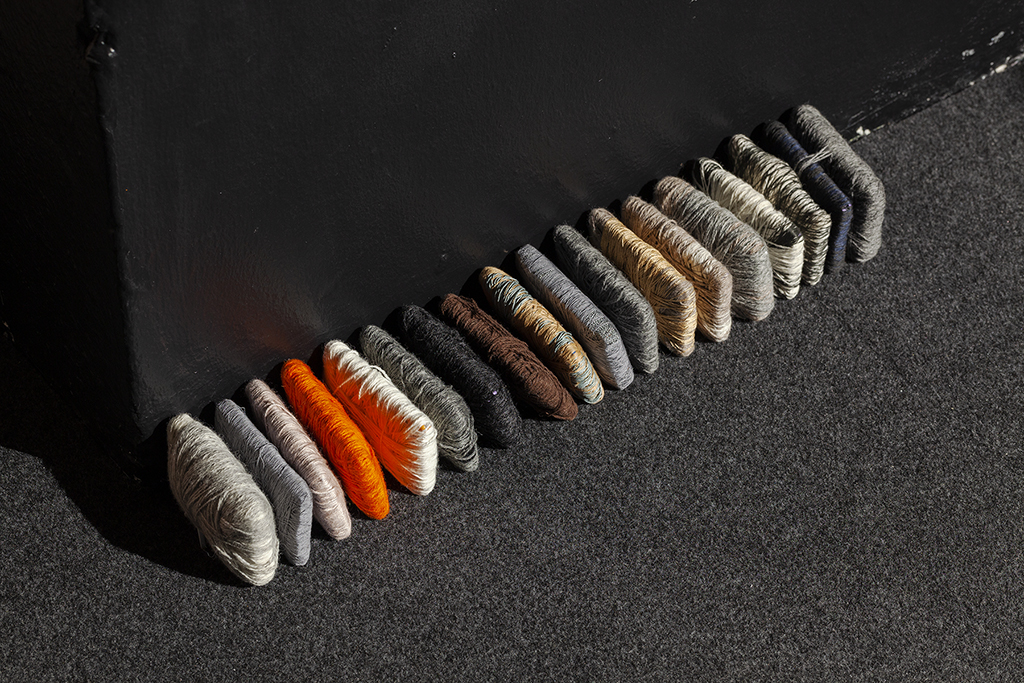
View from the exhibition ‘shelter – sanctuary’ at EKKM. Photo: Paul Kuimet
Photo reportage from the exhibition ‘shelter – sanctuary’ at EKKM

